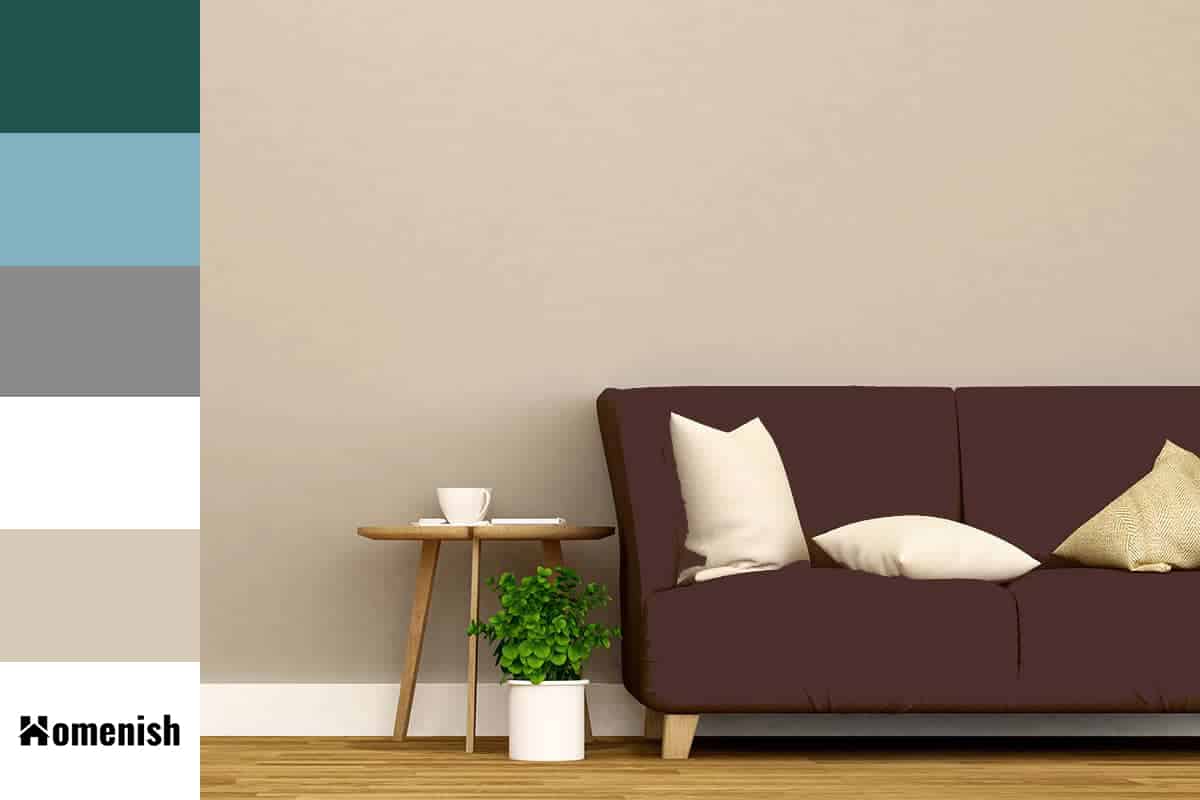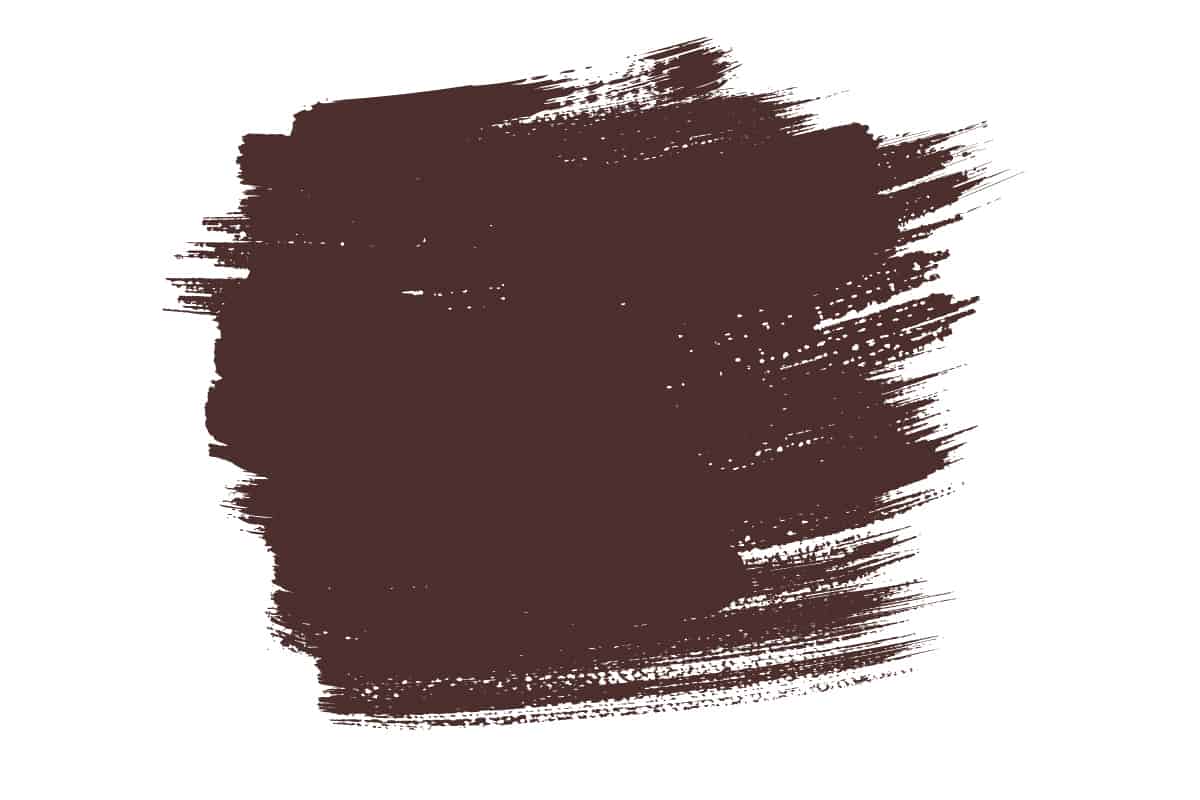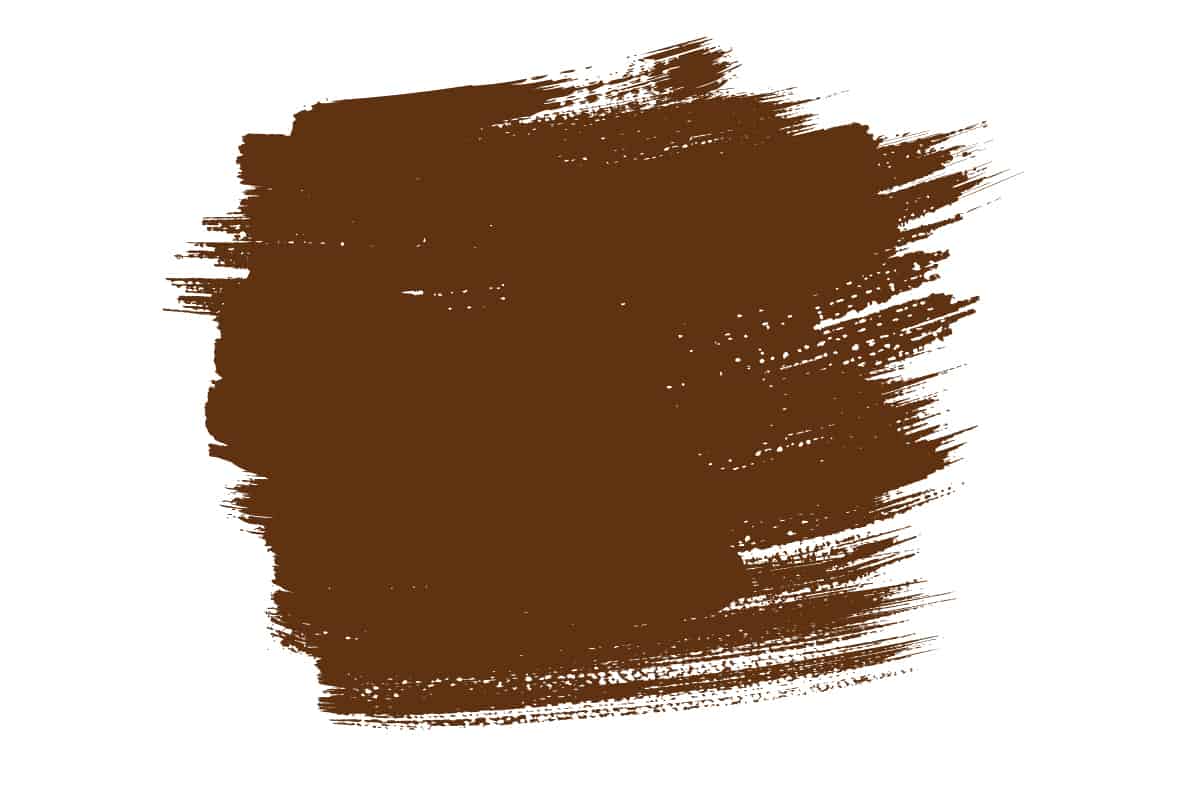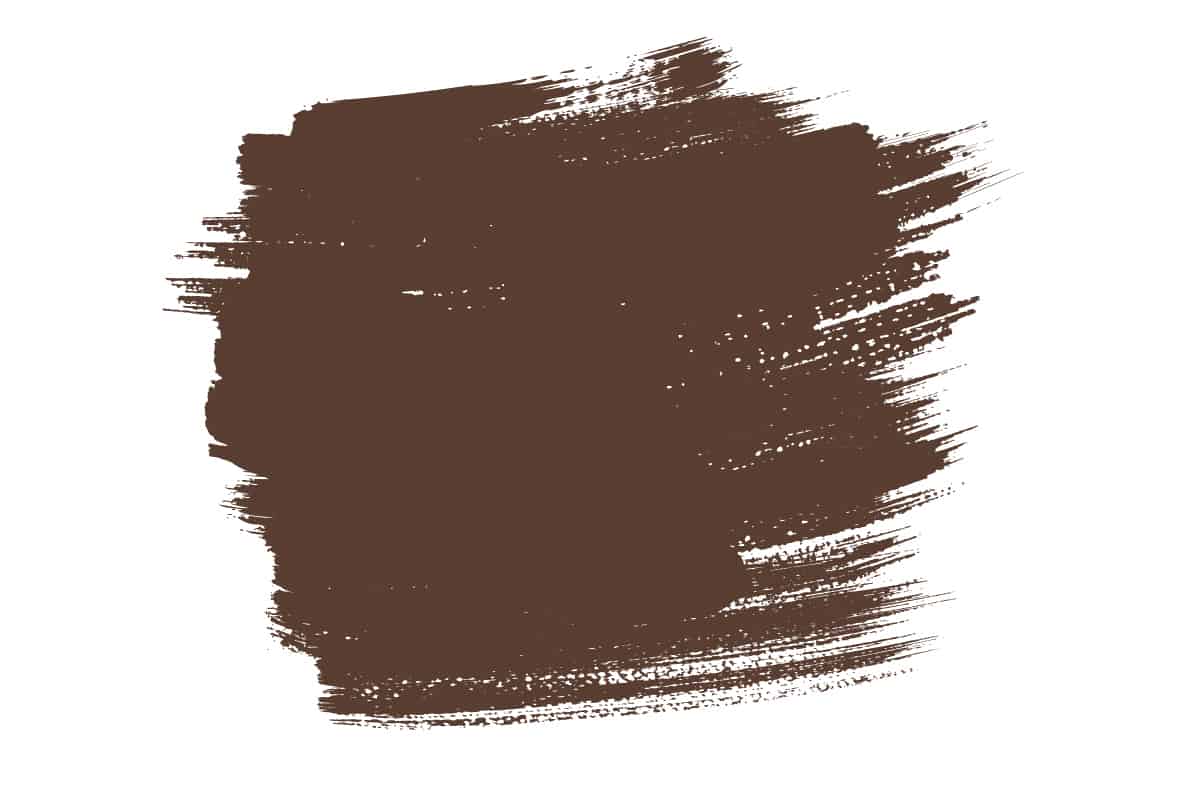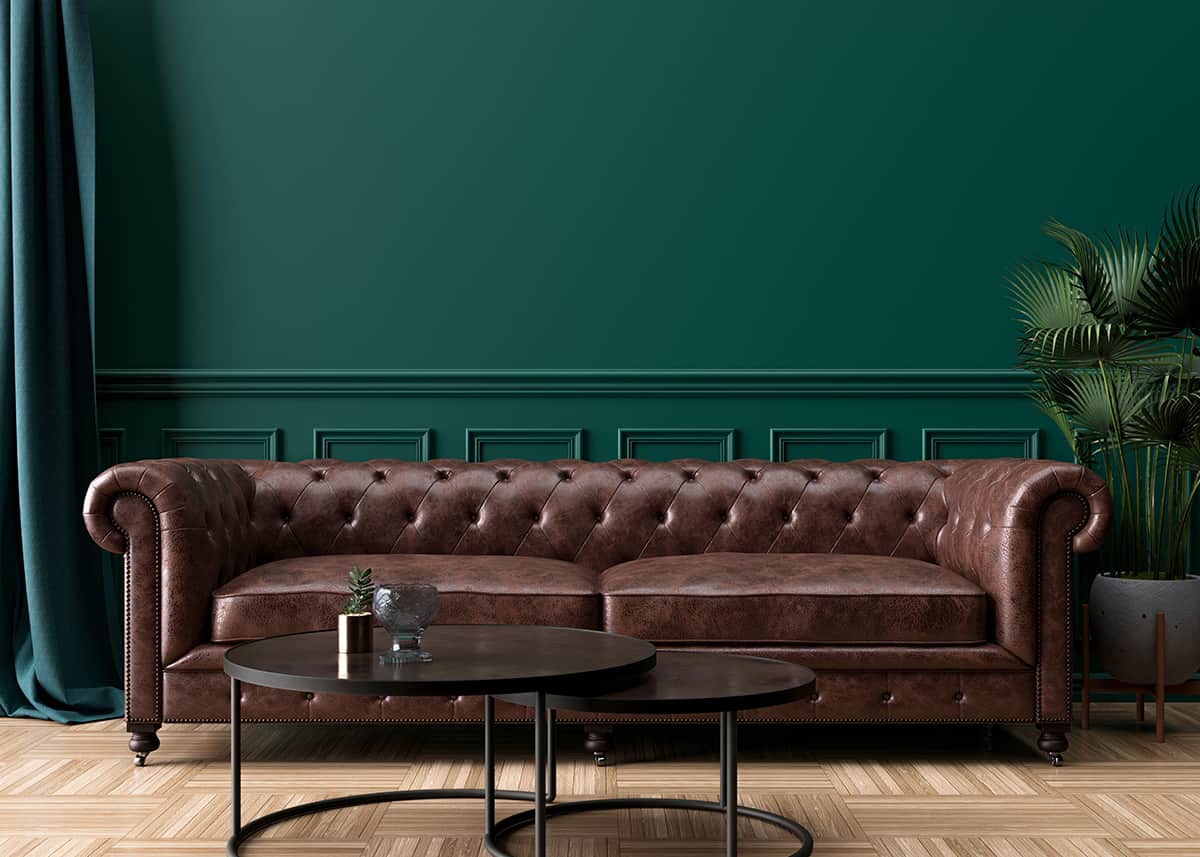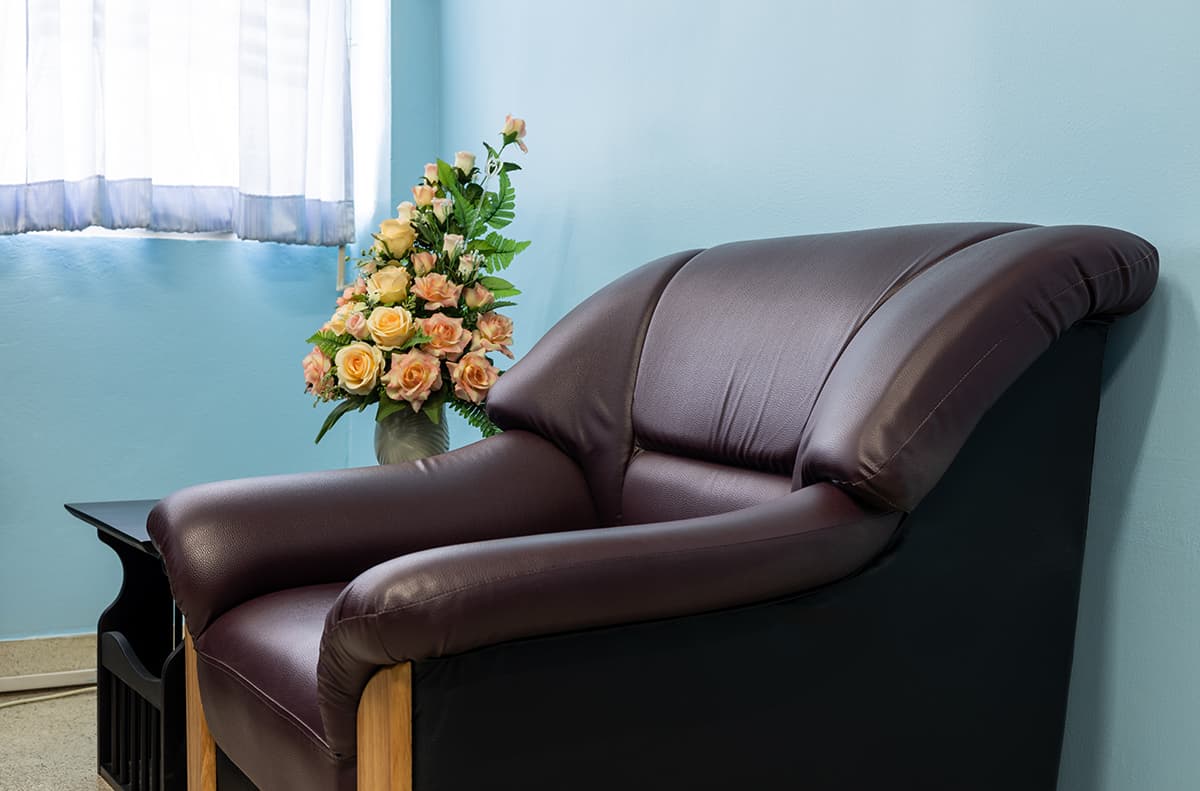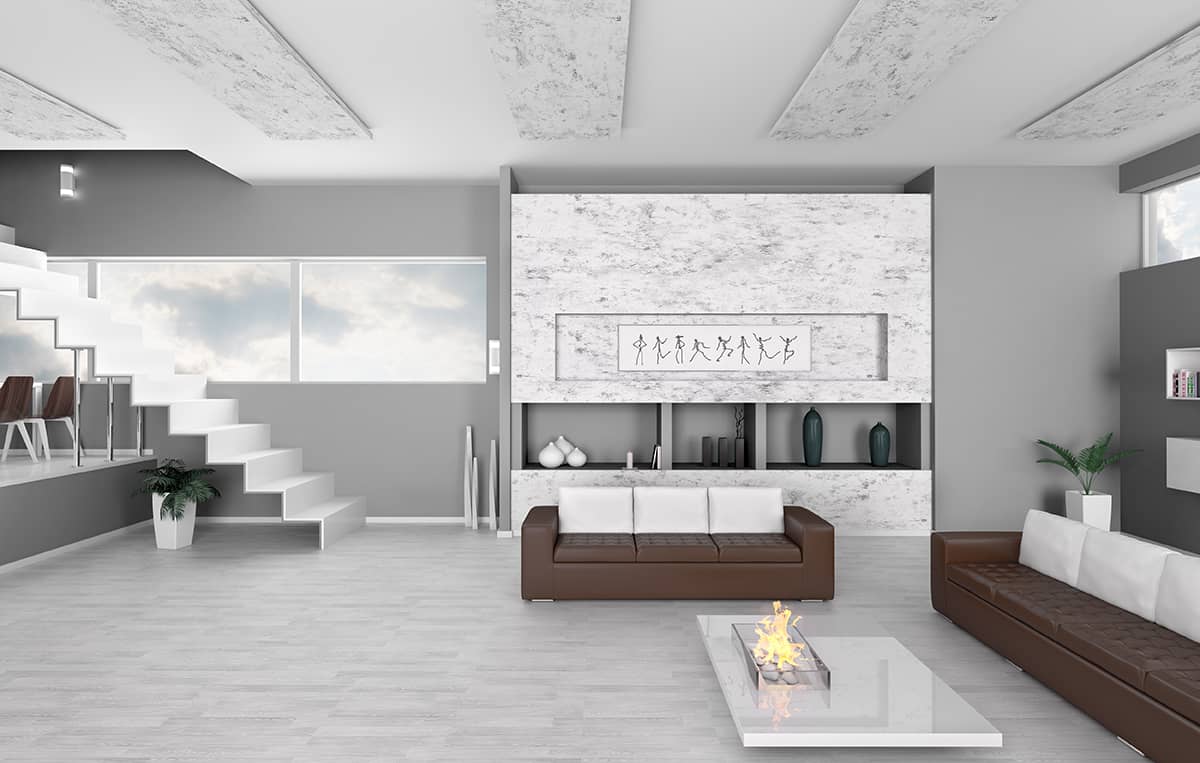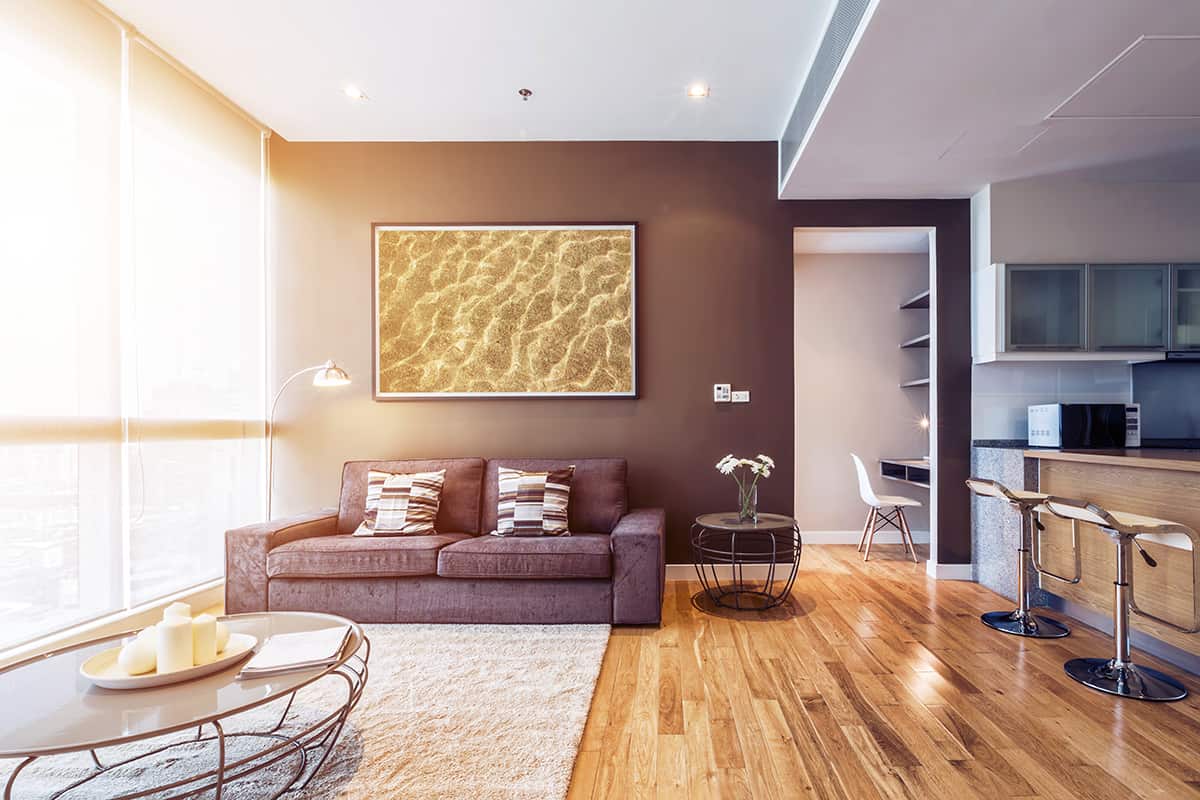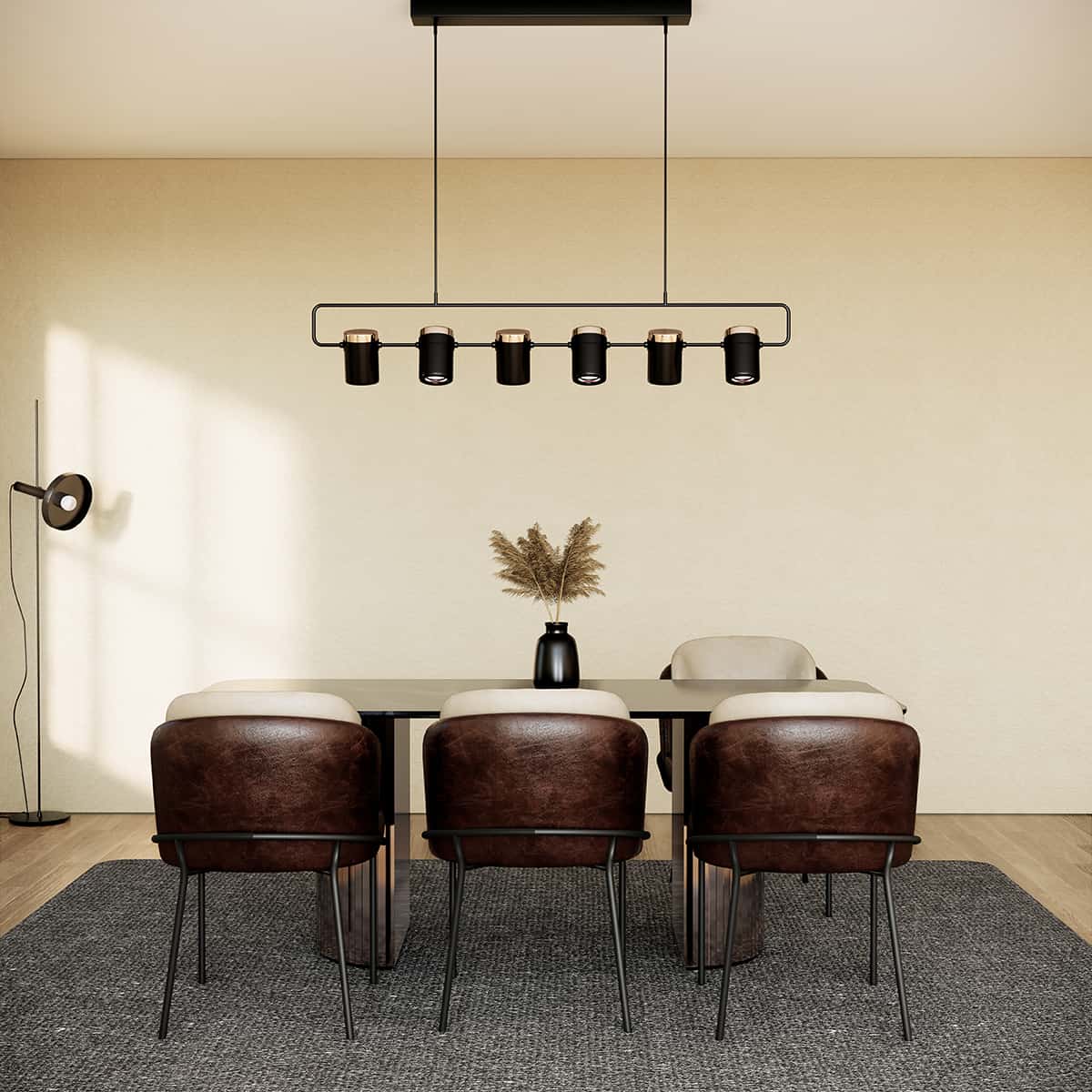Brown, by nature, is a neutral shade, so it can be very well mixed with other undertones for the desired deepness. Expresso is a very dark shade of brown, similar to the roasting coffee beans, which were then ground to make espresso. Like the strong flavor of espresso, expresso emits a powerful and secure vibe. Keep reading to learn what this color is, what it means, and how to pair with it.
What Color is Espresso?
Espresso is a dark color that hovers between brown and black. You could consider it to be the darkest shade of brown you get before you cross over into black territory. This color is so dark that it can look like it is actually black unless it is positioned in bright light.
The color’ espresso’ is named after the Italian coffee drink, which is served as a shot of coffee due to the strength and intensity of its flavor. An espresso shot is a dark black-brown color, which is thicker in texture than a regular coffee, and it does not contain any milk or cream, which would dilute both the color and the taste.
What does Espresso Color Mean?
As a dark shade of brown, espresso can be used to convey a rich, warming atmosphere. Brown colors, in general, are associated with nature since they feature largely in the natural world, for example, on the trunks of trees and the soil in fields. As such, brown is linked with feelings of resilience, strength, and security. It is seen as a reliable color, which can also be used to represent safety.
As an intense shade of brown, espresso can mean all of these things to an even greater degree. However, brown can also be linked with feelings of sadness and mundanity since many people view it as a boring or even depressing color.
It is drab shades of brown which tend to be associated with these feelings, while espresso brown is very dark and borders on black, so it is certainly anything but dull. Black as a color can represent sophistication and glamor, as well as strength and mystery, but it can also be linked to sadness.
If we compare the meaning behind brown and black, we can see that they overlap in terms of being associated with strength, so we can deduce that espresso is seen as a strong color. This ties in nicely with the fact that the espresso color is named after the shot of coffee, which is known for its strong flavor.
Similar Colors to Espresso
Chocolate brown
Chocolate brown is a dark shade of brown, but it is lighter and less saturated than espresso. It is rare that chocolate brown will be mistaken for black, even in low light, whereas espresso is so dark that it can be easily confused for black.
Chocolate brown has rich and silky tones, and it is associated with warmth and comfort, just like the food itself. Both of these colors can be used as a neutral, but espresso has a more contemporary feel to it compared to chocolate brown since it is darker and more dramatic.
Chocolate brown is more likely to be used in a traditional color scheme, while espresso will be effective in both retro and modern styles.
Dark brown
Dark brown is not as close to black in color as espresso is, but it is fairly close. Dark brown and espresso are very similar, with espresso just taking the lead when it comes to depth and intensity. Both of these shades will work well in neutral color schemes, and they could be used interchangeably in most home decor styles.
Black
Black does not contain any of the warm tones which are present in espresso, which means these two shades can create quite different impressions. However, in some lighting, espresso will appear to be black, so evidently, the two shades have a lot in common.
If you like the look of black decor, but you want to ensure your room feels warm and welcoming, then opting for espresso instead of black could be a good compromise. Espresso can add the same depth to a room as black while also bringing a coziness that black lacks.
How to Use Espresso in Home Decor
Dramatic entryway
If you want to make a good impression on visitors when they first enter your home, then a dramatic entryway can be just the thing. Stain a wooden staircase in espresso, along with any internal trim and hardwood flooring, to create a striking look in your hallway or foyer.
Since espresso is a neutral color, you could choose any number of colors to use for the wall paint, but opt for something that reflects your own personal style to give people a glimpse of what they can expect around the rest of the home.
Off-white or ecru walls will contrast heavily against espresso trim for a slightly muted monochrome style, or opt for gray or blue walls if you want to ensure a modern and relaxed style is achieved.
Kitchen cabinets
Espresso is a popular color choice for kitchen cabinets as a wood stain color. It offers a longevity that few other dark colors can offer since it will go with a wide range of other shades, and therefore, you can switch up your color scheme every few years without needing to change your kitchen cabinets and doors.
Espresso kitchen cabinets are very dark, so they can add depth and style to a room, while the warm tones in espresso ensure that a cozy and welcoming vibe is achieved, which can help to make the kitchen the heart of the home. For a modern, classic look, pair espresso kitchen cabinets with white marble countertops, or choose a tan-colored worktop for a more traditional style.
Formal dining room
Espresso-stained wood can be used to create a formal, grand style in a dining room. Opt for paneling or wainscoting in a dining room and stain it in an espresso color to help define the space as classy and dignified.
Paint the walls white for a bright, stately style, or choose navy blue paint for a more traditional formal look. You can also use espresso-colored hardwood floors to make a dining room feel more intimate or a dark espresso wood dining table with matching chairs.
Cozy living room
Espresso is a color that is commonly used for wood stain, but it does not need to be reserved for wooden finishes. Espresso soft furnishings can be used to make a room feel very cozy and comforting. In a living room, opt for espresso-colored sofas with beige walls for a neutral, inviting space that lures you to lounge and relax.
Natural theme decor
Espresso is a color found in the natural world, and that means it is perfect for use in a nature-inspired decor theme. Use espresso-colored suede curtains in an olive green living room to add depth and drama, or choose an espresso-colored rug to help ground the space.
Use houseplants and natural textures like twine and jute to further define the theme as nature-inspired, along with espresso accessories such as cushions and dark wood photo frames.
Colors that Go with Espresso
Green
| Shade | Hex Code | CMYK Color Code (%) | RGB Color Code | Color |
| Espresso | #4d2f2d | cmyk(0%, 39%, 42%, 70%) | rgb(77, 47, 45) | |
| Green | #1e534d | cmyk(64%, 0%, 7%, 67%) | rgb(30, 83, 77) |
Any shade of green will work with espresso because these colors are commonly seen together in the great outdoors. Espresso brown and green go hand in hand when you think of soil and grass or tree trunks and leaves.
Use espresso as a secondary color in a predominantly green room, for example, an espresso vanity unit in a sage green bathroom or espresso hardwood flooring in a forest green room.
Blue
| Shade | Hex Code | CMYK Color Code (%) | RGB Color Code | Color |
| Espresso | #4d2f2d | cmyk(0%, 39%, 42%, 70%) | rgb(77, 47, 45) | |
| Blue | #82b1c1 | cmyk(33%, 8%, 0%, 24%) | rgb(130, 177, 193) |
While espresso is a warm color, blue is a distinctly cool color. Using these together in a color scheme can create a nice contrast, as well as a balance.
Navy blue can be used with espresso to achieve a formal style, or consider pastel blue for a more casual look. This could look like pastel blue painted walls with an espresso wooden crib and baby change table in a nursery for a calming yet classic style.
Gray
| Shade | Hex Code | CMYK Color Code (%) | RGB Color Code | Color |
| Espresso | #4d2f2d | cmyk(0%, 39%, 42%, 70%) | rgb(77, 47, 45) | |
| Gray | #8b8b8b | cmyk(0%, 0%, 0%, 45%) | rgb(139, 139, 139) |
Since gray and espresso are both neutral shades, espresso can work really well alongside gray. Gray can bring a cool and contemporary vibe to classic espresso furnishings.
For example, if you want to modernize a kitchen with espresso cabinets, the easiest way to do this would be to paint the walls in a pale to medium shade of gray.
White
| Shade | Hex Code | CMYK Color Code (%) | RGB Color Code | Color |
| Espresso | #4d2f2d | cmyk(0%, 39%, 42%, 70%) | rgb(77, 47, 45) | |
| White | #ffffff | cmyk(0%, 0%, 0%, 0%) | rgb(255, 255, 255) |
White contrasts nicely against espresso because these colors are both neutrals, but they are at opposite ends of the spectrum. Paint walls white and apply an espresso stain to the wood trim, or drape a white faux fur throw over an espresso leather sofa for a striking contrast.
Beige
| Shade | Hex Code | CMYK Color Code (%) | RGB Color Code | Color |
| Espresso | #4d2f2d | cmyk(0%, 39%, 42%, 70%) | rgb(77, 47, 45) | |
| Beige | #d7cab9 | cmyk(0%, 6%, 14%, 16%) | rgb(215, 202, 185) |
Espresso is a color that makes an easy pairing with beige, which is a warm and neutral shade, to create a cozy and comforting space.
Beige is a warm and neutral shade that makes an easy pairing with espresso to create a cozy and comforting space.
In a room with beige walls, choose espresso sofas and espresso curtains, maintaining a neutral color scheme if you want to feel relaxed and casual, or add in a contrasting accent shade such as lime green or eggplant purple if you want to bring more energy to the room. Beige and espresso are inoffensive colors, so use these to decorate a home if you want it to have mass appeal.
